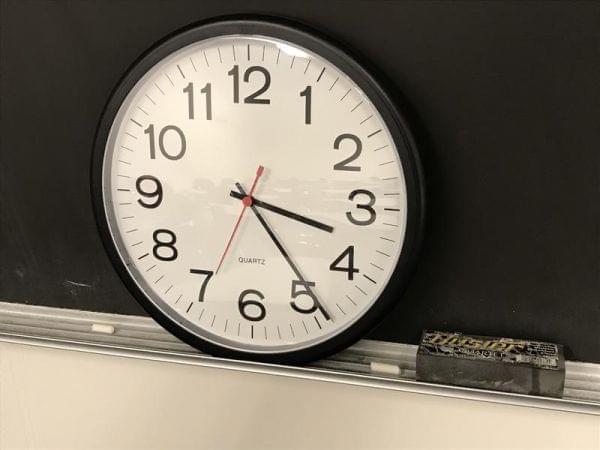Pritzker Reinstates Minimum Teaching Hours

Sam Dunklau / NPR Illinois 91.9 FM
Illinois Governor J-B Pritzker is starting to act on the flurry of bills sent to his desk in the wake of this year’s spring legislative session. Among the first that he’s signed requires schools to provide a minimum of five hours of learning time.
It was long-standing practice in Illinois, until state lawmakers threw out the requirement when they approved the evidence based school funding formula in 2017. Under the new law that takes effect next month, students will have to be taught for at least five hours every school day, but dual credit courses or apprenticeship work can count toward that requirement. Districts will be able to allow career development experiences and blended learning programs to count as well.
Bill sponsor Senator Jennifer Bertino-Tarrant, a Democrat from Shorewood believes it offers the best of both worlds: flexibility for school districts, and minimum teaching hours designed to help students and teachers.
“It takes us away from ‘learning only takes place in a chair, in a classroom, in front of a teacher,'" she says. "Now, we are able to expand learning opportunities for students.”
Jeffrey Aranowski is the Executive Director for Safe and Healthy Climate at the State Board of Education. He says many schools already provide more than five teaching hours per day, and can now meet that demand in other ways.
“The wheels are turning about creative ways to reach kids," he says. "Not creative ways to just have a day of instruction and just call it a day, but actually unique ways to make sure that students are engaged in learning and don’t miss a day that would otherwise be an enriching activity.”
On top of that, school districts statewide will now be able to offer their students classes over the internet when school has to be closed for unforeseen things like snow. Before, only a handful of schools were allowed to do that. But, Aranowski says, school districts will need to consider whether all of their students and families have access to the internet before allowing that kind of "e-learning."
"We have to make sure that this does not further divide between students with and without resources," he says.

